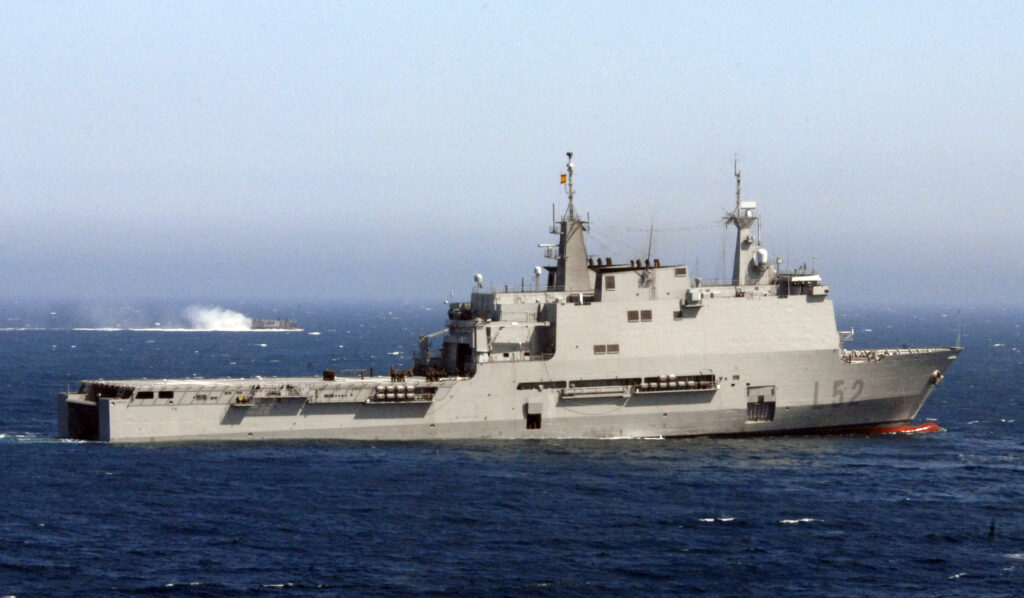
NORFOLK — Whidbey Island-class dock landing ship namesake, USS Whidbey Island (LSD 41) held a decommissioning ceremony at Joint Expeditionary Base Little Creek-Fort Story, Virginia, on July 22 before its inactivation next month, the Navy said in July 25 release.
The ship’s decommissioning ceremony was held on the quay wall, alongside the moored USS Whidbey Island. The ceremony was attended by nine of her previous commanding officers and over 50 plankowners. “The last crew of Whidbey Island performed with great dignity and resiliency,” said Cmdr. Matt Phillips, the ship’s final commanding officer. “It’s been a privilege and an honor to lead this crew in executing her final mission.”
Whidbey Island was commissioned Feb. 9, 1985, at Lockheed Shipyard in Seattle. The first ship in a class designed specifically to interface with the landing craft, air cushion, assisted in the operational and developmental testing of the amphibious assault craft from July to September 1985 and again in May and July 1986.
Whidbey Island was the first amphibious ship from the East Coast to deploy to the European Theater with LCACs. In September and October 1989, it participated in Hurricane Hugo disaster relief operations in the Caribbean Sea.
In August 1994, Whidbey Island rescued and transported over 8,100 Cuban migrants from the Straits of Florida during Operation Able Vigil and participated in the restoration of the legitimate government to Haiti during Operation Uphold Democracy.
In June 2006, Whidbey Island deployed in support of Operation Enduring Freedom. While in-port Aqaba, Jordan in July of 2006, the ship was recalled through the Suez Canal to support contingency operations due to the crisis in Lebanon. Whidbey Island subsequently participated in the largest non-combatant evacuation conducted by the U.S. Navy since Vietnam. During July and August, the ship evacuated 817 American citizens via LCAC with personnel transport module.
On Feb. 16, 2007, Whidbey Island was awarded the 2006 Battle “E” award.
On June 24, 2016, USS Whidbey Island deployed from Joint Expeditionary Base Little Creek-Fort Story, for what would be its final deployment. It conducted eight Theater Security Port Visits, country visits vital to reassuring host nations of the commitment of the United States to their partnership. On July 21, 2016, USS Whidbey Island transited the Bosphorus Strait during a time of tension following the failed 2016 Turkish coup d’état attempt.
Rear Adm. Tom Williams, commander, Expeditionary Strike Group (ESG) 2 presided over the ceremony, which included the remaining ship’s crew, several of its previous commanding officers, including the ship’s first commanding officer, Captain Pat Muldoon and many other special guests in attendance.
“I am humbled to be with you on this bittersweet day as we gather here at Joint Expeditionary Base Little Creek – Fort Story to commemorate this ship’s near 38 years of commissioned service,” said Williams.



